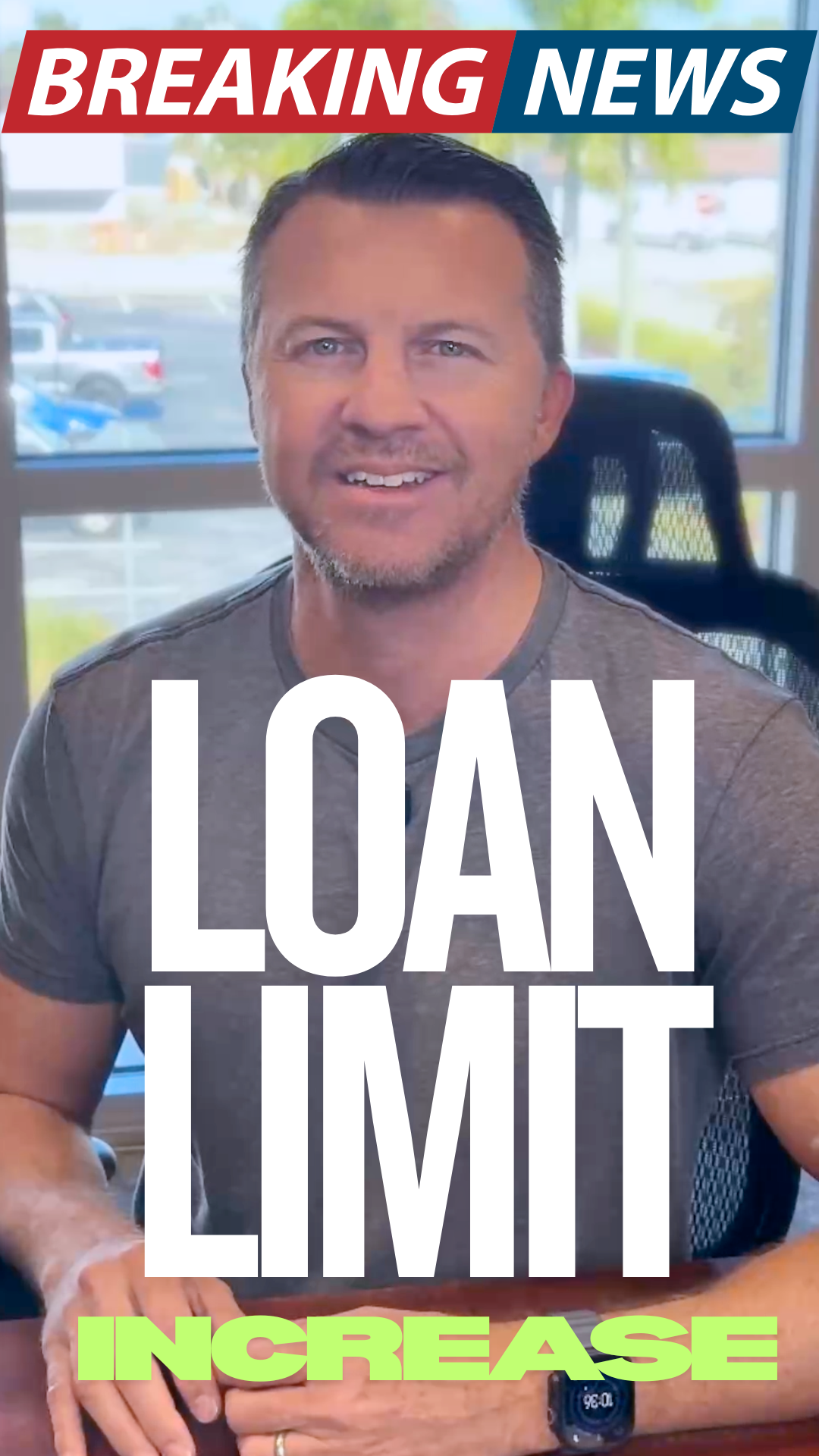Introduction
The Federal Reserve may be signaling a new direction—shifting from Quantitative Tightening (QT) toward Quantitative Easing (QE). That change could reshape the economy, especially through the connection between the Fed and mortgage rates, creating new opportunities for buyers and refinancers.In this article, you’ll discover:
What QT and QE really mean.
Why the Fed may be nearing the end of QT.
How this shift ties into long-term mortgage rates, affordability, and the housing market.
What steps you should take — and how working with a firm like Morgan Financial Group can help you navigate it.
What Are QT and QE?
Quantitative Easing (QE) involves the Fed purchasing long-term securities like Treasuries and mortgage-backed securities (MBS) to boost liquidity and reduce long-term yields.
Quantitative Tightening (QT) is the opposite: the Fed allows securities to roll off or sells from its balance sheet, reducing liquidity and pushing long-term yields higher.
Because fixed-rate mortgages often tie to the 10-year Treasury yield and MBS spreads, changes in QT or QE can influence your mortgage rate — even though the Fed funds rate itself doesn’t set it.
Why the Fed Could Be Nearing the End of QT
Recent comments by Fed Chair Jerome Powell suggest the Fed is considering slowing or halting QT. Markets are pricing very high odds of a 0.25% cut this year. As QT ends, pressure on long-term yields may ease — a positive for mortgage borrowers.
Analysts note the Fed’s “ample reserves” system is under strain, and some argue the Fed should stop shrinking its MBS holdings to help the housing market.
How This Affects Mortgage Rates & the Housing Market
Mortgage Rates Don’t Follow the Fed Funds Rate Directly
While fixed mortgage rates might intuitively seem to track the Fed’s short-term rate, they’re mostly driven by the 10-year Treasury and the spread between Treasuries and MBS. A fed cut doesn’t guarantee mortgage rates fall unless long yields drop and spreads tighten.
QT = Higher Rates; Ending QT = Potential for Relief
During QT the Fed pulled back from buying MBS, adding supply or reducing demand, which pushed up yields and mortgage rates. If the Fed signals the end of QT or begins reinvesting, that dynamic could reverse — helping mortgage rates drift lower.
Housing Market & Affordability Implications
Lower borrowing rates tend to increase demand for homes. But if supply stays tight — as it currently is — prices may still climb, which can erode affordability for buyers. So even if rates go down, buyers must act with the full picture in mind.
What Homebuyers & Investors Should Monitor
Fed meeting statement & press conference: key is how the Fed frames the balance sheet policy, not just the rate decision.
10-year Treasury yields: falling yields improve mortgage rate prospects.
MBS spreads: narrow spreads = better for mortgage rates.
Housing supply versus demand: low supply + improving rates can mean heightened competition.
Your personal situation: if you see a rate you’re comfortable with today, it may make sense to act now rather than chase hypothetical future rates.
Partnering with a financial advisory firm: working with experts like Morgan Financial can help you interpret how macro policy affects your mortgage or investment strategy.
Final Thoughts
The next few months could be pivotal. If the Fed transitions from QT to QE, mortgage borrowers may see better conditions — but it’s not guaranteed and timing matters. Big macro forces are in motion, but your personal choice and timing still matter.
How Morgan Financial Can Help
At Morgan Financial, we focus on helping homeowners, real-estate investors and borrowers understand how Fed policy, interest-rates and mortgage market shifts impact their personal goals. Whether you’re refinancing, buying a home, or positioning for the next move — we’ll assess your situation, explain potential rate-scenarios, and provide options.
👉 Ready to talk? Contact Morgan Financial today for to chat about how to make your next move with confidence.




